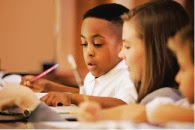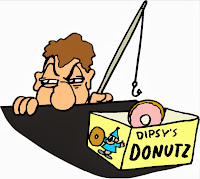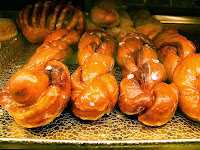Excel Math lessons have been helping students succeed for over 35 years. Take a look at samples on our website.
Then read a special holiday greeting from the president and owner of Excel Math.
 Read more about the history of the crossword puzzle from Smithsonian Magazine. And take a look at today's clever Google Doodle in honor of this auspicious occasion and the inventor of the crossword puzzle, Arthur Wynne. Click on the doodle and the puzzle expands to let you highlight the clues along with the corresponding puzzle boxes. Simply start typing and the highlighted boxes fill with your letters.
Read more about the history of the crossword puzzle from Smithsonian Magazine. And take a look at today's clever Google Doodle in honor of this auspicious occasion and the inventor of the crossword puzzle, Arthur Wynne. Click on the doodle and the puzzle expands to let you highlight the clues along with the corresponding puzzle boxes. Simply start typing and the highlighted boxes fill with your letters.If you'd like to give your students some crosswords listed by topic, The New York Times Learning Network adds a new puzzle twice each month. These are edited by the Times puzzle master Will Shortz. You can print the puzzles for your students or let them solve the crosswords online (if your browser supports Java). Here's a link to one on money: http://www.nytimes.com/learning/teachers/xwords/19990101.html
You may want to have your students create their own puzzles in the new year. The puzzles can reflect on the past year, review vocabulary words, or anticipate the year to come. Give each student a piece of graph paper. Give the class a word to start with (year, math, vocabulary, new, etc.) or have each student come up a word and print one letter per square reading up or down. Have the students connect a new word with the first one. It may help to keep a separate list of words as they are used.
Make sure connecting letters also form a word. When done, have the students shade the unused squares in the grid. Help them number the spaces so the first letter of each word (across and down) has a number. Then let the students create a fill-in-the blank, a definition or question for each word used and print these on the bottom half of a piece of blank graph paper. Number the clues to match the words in the crossword puzzle.
Finally, have the students copy the numbered grid (without the letters) onto the top half of the graph paper with clues. Copy the student crossword puzzles and hand them out as bell work or extra credit throughout the rest of the year.
You may want to try creating your own puzzle for the holidays and then try it out with family and friends. Enjoy!
Read more . . .
You might also like these articles:
Math Bulletin Boards: Let It Snow!
Math Bulletin Board: Gifts of the Season
Coordinate Grids for the Holidays
Fibonacci Day Math










































